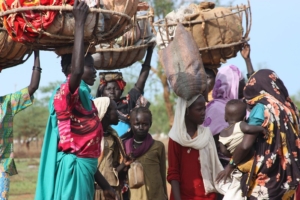 Known for its cultural heritage, rich biodiversity and artistic traditions, South Sudan is a unique and lush country. It is the world’s youngest nation, gaining independence in 2011, located in northeast Africa. To re-establish itself after gaining independence, South Sudan is undergoing a large amount of restoration. Due to the youth of the nation and its developing government, poverty in South Sudan is an ongoing issue. However, there are many policies set in place to combat the threat of poverty. Here is a list of policies that fight off poverty in South Sudan and how they work to address the issue.
Known for its cultural heritage, rich biodiversity and artistic traditions, South Sudan is a unique and lush country. It is the world’s youngest nation, gaining independence in 2011, located in northeast Africa. To re-establish itself after gaining independence, South Sudan is undergoing a large amount of restoration. Due to the youth of the nation and its developing government, poverty in South Sudan is an ongoing issue. However, there are many policies set in place to combat the threat of poverty. Here is a list of policies that fight off poverty in South Sudan and how they work to address the issue.
Promoting Macroeconomic Stability
A stable macroeconomy is largely beneficial for a country and its citizens. It creates an environment that leads to economic growth, reduces inflation and prevents further economic instability. It is necessary when trying to reduce poverty.
One of the methods South Sudan is using to promote macroeconomic stability is by decreasing its dependency on oil revenues. Of the nation’s income, 90% comes from these revenues, meaning diversification is an important factor in improving the economy and reducing poverty in South Sudan.
One way South Sudan is working to diversify their nation’s revenue is through sustainable agriculture. By selling ranch and farm products to markets as well as producing their own food through agricultural practices, they add another route to revenue for the nation.
South Sudan has had the help of many projects to increase its agricultural health, such as the Sustainable Agriculture & Livestock Initiative (SALPI) and Global Affairs Canada’s Project.
South Sudan is also trying to promote tourism in its country. Through its national tourism policy, which aims to support local communities and improve infrastructure as well as getting support from other countries and organizations, South Sudan is actively growing to attract tourists for its luscious natural environment and unique traditions.
Boosting Social Development and Equality
South Sudan faces many humanitarian issues due to conflict and instability in the country. However, there are organizations and agreements that work to improve social development, equally assisting poverty in South Sudan.
The Revitalized Agreement on the Resolution of the Conflict in the Republic of South Sudan (R-ARCSS) is an agreement between the Sudan People’s Liberation Movement and the Sudan People’s Liberation Movement-in-opposition. It is an agreement that aims to bring about peace and stability to South Sudan. UNICEF and World Vision have both contributed to South Sudan, helping those who have been affected by conflict and displacement, providing education, food, health care, and sanitation.
The Global Partnership for Education is a major contributor to education for all, providing girl-friendly schools in South Sudan with trained teachers who know how to address gender sensitivity and prevent gender-based violence.
The National Disability and Inclusion policy in South Sudan aims to enhance the protection of South Sudanese with disabilities who may struggle due to their physical or mental abilities. Alongside this, South Sudan has also established a Rehabilitation Centre for people with disabilities to help them access proper healthcare and education.
Poverty in South Sudan: The Future
Although South Sudan is a newly independent country, leading to constant economic and social struggles, with the help of these policies and the organizations and governments that work to enforce them, South Sudan can grow into a thriving, self-sustained nation.
– Sevyn Whatley
Sevyn is based in Toronto, Ontario, Canada and focuses on Politics for The Borgen Project.
Photo: Flickr
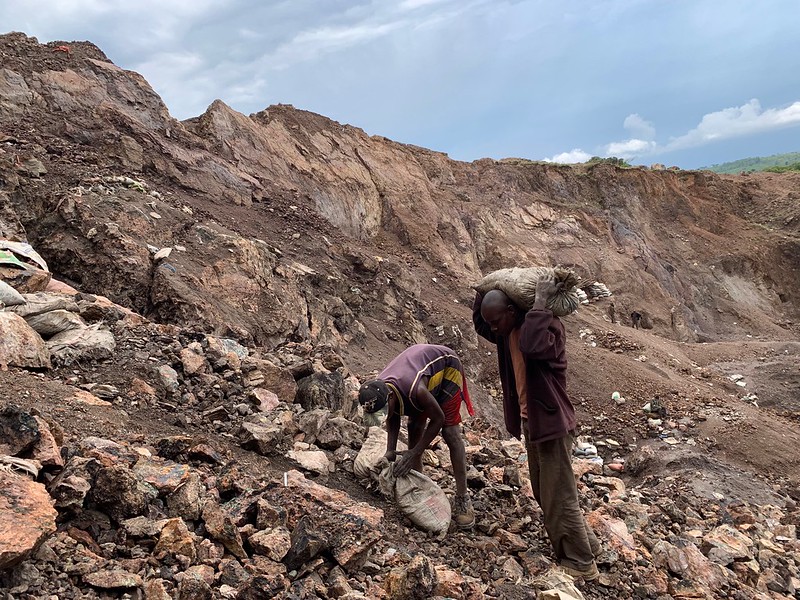 The history of colonial exploitation has deeply shaped economic and social structures in sub-Saharan Africa, particularly through large-scale resource extraction. European powers profited extensively from Africa’s natural wealth while providing limited support to local economies and communities. The impact of colonial-era practices remains evident in the economic challenges facing many African countries today, such as dependency on raw exports and foreign corporations. This article explores how the colonial exploitation legacy influences modern poverty, focusing on Nigeria and the Democratic Republic of the Congo (DRC). It also examines current efforts to reduce dependence on foreign entities through sustainable development and resource sovereignty initiatives.
The history of colonial exploitation has deeply shaped economic and social structures in sub-Saharan Africa, particularly through large-scale resource extraction. European powers profited extensively from Africa’s natural wealth while providing limited support to local economies and communities. The impact of colonial-era practices remains evident in the economic challenges facing many African countries today, such as dependency on raw exports and foreign corporations. This article explores how the colonial exploitation legacy influences modern poverty, focusing on Nigeria and the Democratic Republic of the Congo (DRC). It also examines current efforts to reduce dependence on foreign entities through sustainable development and resource sovereignty initiatives.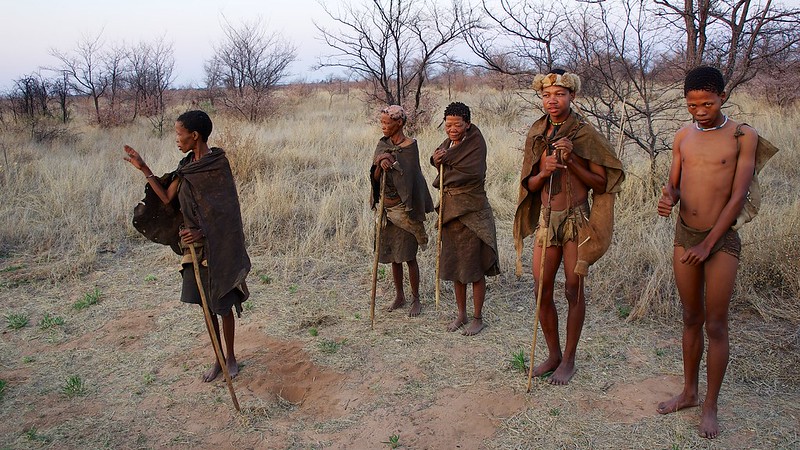 According to U.N. statistics,
According to U.N. statistics,  In recent years, Hawaii’s tourism dilemma has come to the forefront, shedding light on the intricate balance between economic prosperity and environmental and socioeconomic concerns. Local voices have highlighted the trains on resources, rising costs of living and housing and cultural erosion caused by mass tourism. This exploration delves into Hawaii’s tourism dilemma, dissecting its multifaceted impacts and the possibility of a balanced future.
In recent years, Hawaii’s tourism dilemma has come to the forefront, shedding light on the intricate balance between economic prosperity and environmental and socioeconomic concerns. Local voices have highlighted the trains on resources, rising costs of living and housing and cultural erosion caused by mass tourism. This exploration delves into Hawaii’s tourism dilemma, dissecting its multifaceted impacts and the possibility of a balanced future.  Forests provide food, medicine, fodder and energy for
Forests provide food, medicine, fodder and energy for 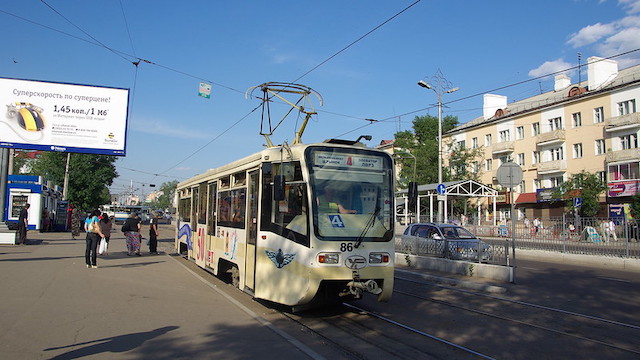 In the Far East of the Russian Federation lies a vast region characterized by a diversity of topographical features and a rich ancient history. The remote Republic of Buryatia increasingly serves as a regional economic powerhouse, rich in natural resources and human capital. Below are 10 facts about the economy of the Republic of Buryatia.
In the Far East of the Russian Federation lies a vast region characterized by a diversity of topographical features and a rich ancient history. The remote Republic of Buryatia increasingly serves as a regional economic powerhouse, rich in natural resources and human capital. Below are 10 facts about the economy of the Republic of Buryatia.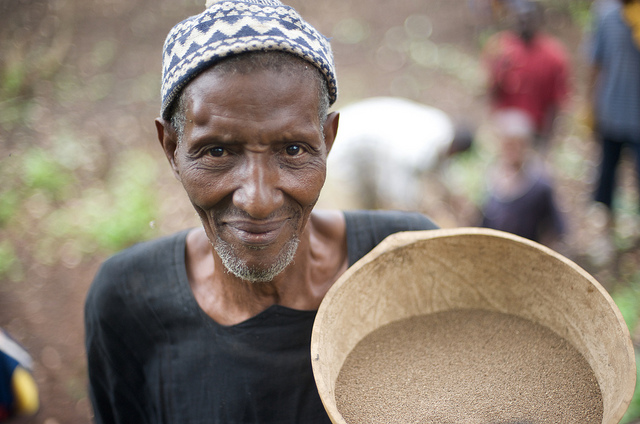 A West African country bordering the North Atlantic Ocean that has been called potentially one of
A West African country bordering the North Atlantic Ocean that has been called potentially one of 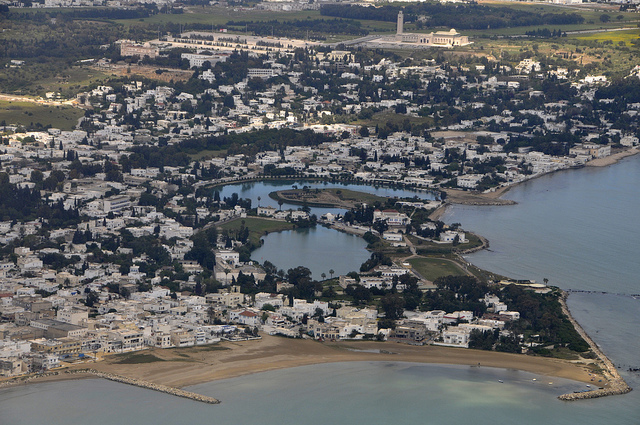 In December of 2010, high unemployment, limited economic opportunity, corruption in government offices and escalating food prices, brought about a string of deadly riots across the North African nation of Tunisia. The Tunisian people ousted their President, Ben Ali, in a bloodless coup d’état, and a “national unity government” was installed in his place. This new government-appointed Mocef Marzouki, a well-known Tunisian human rights activist, as interim president. Since 2011, there has been a slew of development initiatives that are being undertaken in Tunisia in an attempt to improve the lives of all citizens. The World Bank Group is currently funding 22 active development projects in
In December of 2010, high unemployment, limited economic opportunity, corruption in government offices and escalating food prices, brought about a string of deadly riots across the North African nation of Tunisia. The Tunisian people ousted their President, Ben Ali, in a bloodless coup d’état, and a “national unity government” was installed in his place. This new government-appointed Mocef Marzouki, a well-known Tunisian human rights activist, as interim president. Since 2011, there has been a slew of development initiatives that are being undertaken in Tunisia in an attempt to improve the lives of all citizens. The World Bank Group is currently funding 22 active development projects in 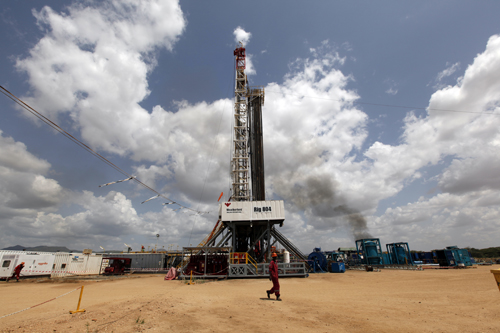 The county of Turkana,
The county of Turkana, 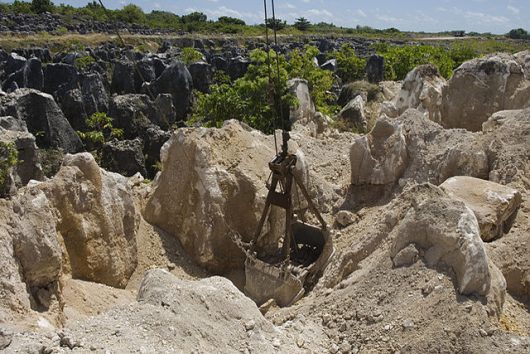 In recent years, news about the small island of
In recent years, news about the small island of 